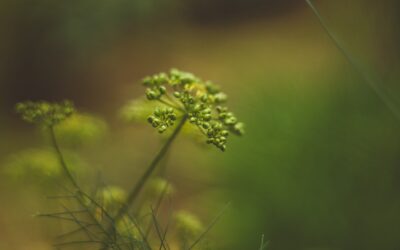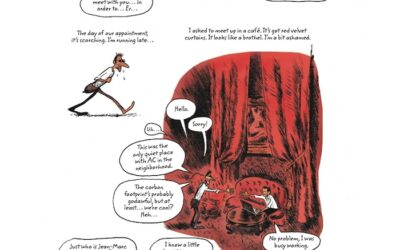This post was originally published on Colossal
All images © Jan Erik Waider, shared with permission
Decaying organic matter settled on the floor of a lake—or in the case of arctic regions, emerged from the ancient depths of melting glaciers—can produce gases like methane that get pushed upward and trapped between layers of ice when the water freezes.
Hamburg-based photographer Jan Erik Waider (previously), who is drawn to the remarkable expanses of the North, recently documented an array of remarkable frozen patterns in the lake at the edge of the Skaftafellsjökull glacier in the southeast of Iceland. His black-and-white photos emphasize the layers and volume of bubbles locked in the ice, transforming a natural process into elegant abstractions.
Waider, who has worked with clients like Apple, Patagonia, The British Museum, and more, is drawn to the atmospheric drama of the world’s northern reaches. He skirts the Arctic Circle in places like Greenland, Norway, and Iceland, seeking what he describes as the “cold, raw beauty” of the region’s expansive landscapes.
Explore the artist’s portfolio on his website and Behance, and follow him on Instagram for updates.









Do stories and artists like this matter to you? Become a Colossal Member today and support independent arts publishing for as little as $5 per month. The article In Iceland, Jan Erik Waider Captures Voluminous Bubbles Locked in a Frozen Glacial Lake appeared first on Colossal.





0 Comments